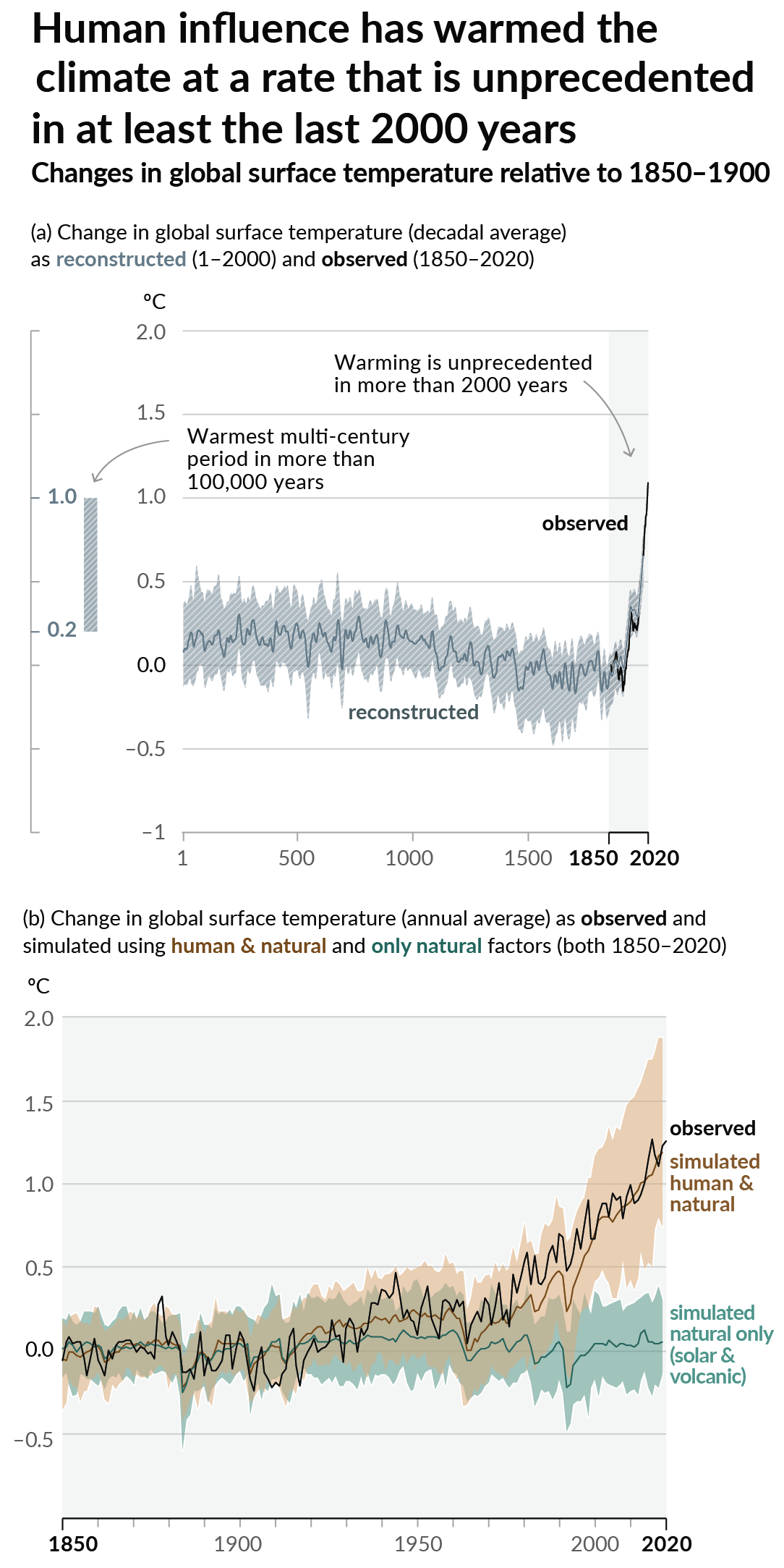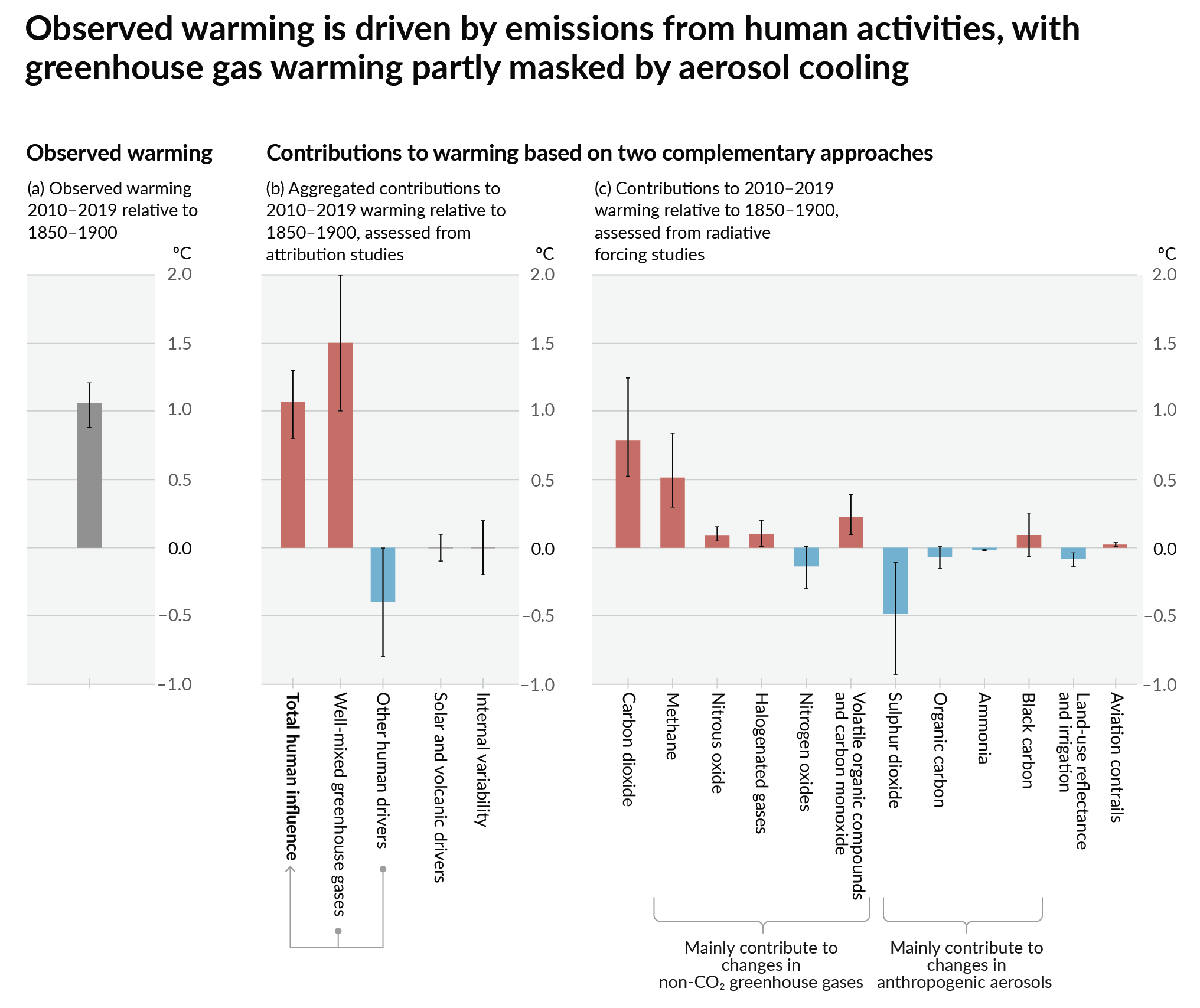Makes it quite clear: sea is responding with a delay, but it will respond, and then very likely - for a long while, it won't stop responding even if the driving force is removed.
this post was submitted on 03 Nov 2025
40 points (97.6% liked)
Climate - truthful information about climate, related activism and politics.
7561 readers
242 users here now
Discussion of climate, how it is changing, activism around that, the politics, and the energy systems change we need in order to stabilize things.
As a starting point, the burning of fossil fuels, and to a lesser extent deforestation and release of methane are responsible for the warming in recent decades:

How much each change to the atmosphere has warmed the world:

Recommended actions to cut greenhouse gas emissions in the near future:

Anti-science, inactivism, and unsupported conspiracy theories are not ok here.
founded 2 years ago
MODERATORS
